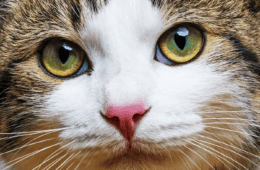Have you ever noticed a cat's swift response to the faintest sound or movement? It's no accident.
Cats are equipped with sensory skills that far outstrip our own, especially in the realm of hearing.
This article illuminates the intriguing world of feline senses, focusing on their exceptional auditory capabilities.
Whether you're a cat lover, an inquisitive reader, or simply someone captivated by the animal kingdom's wonders, this piece promises to offer a fresh perspective.
So, let's tune into the world from a cat's point of view and uncover the secrets of their extraordinary senses!
A Closer Look at Cat Ears
The warm, soft triangles of fur on either side of a cat's head are more than just adorable features. They are marvels of feline engineering technology.
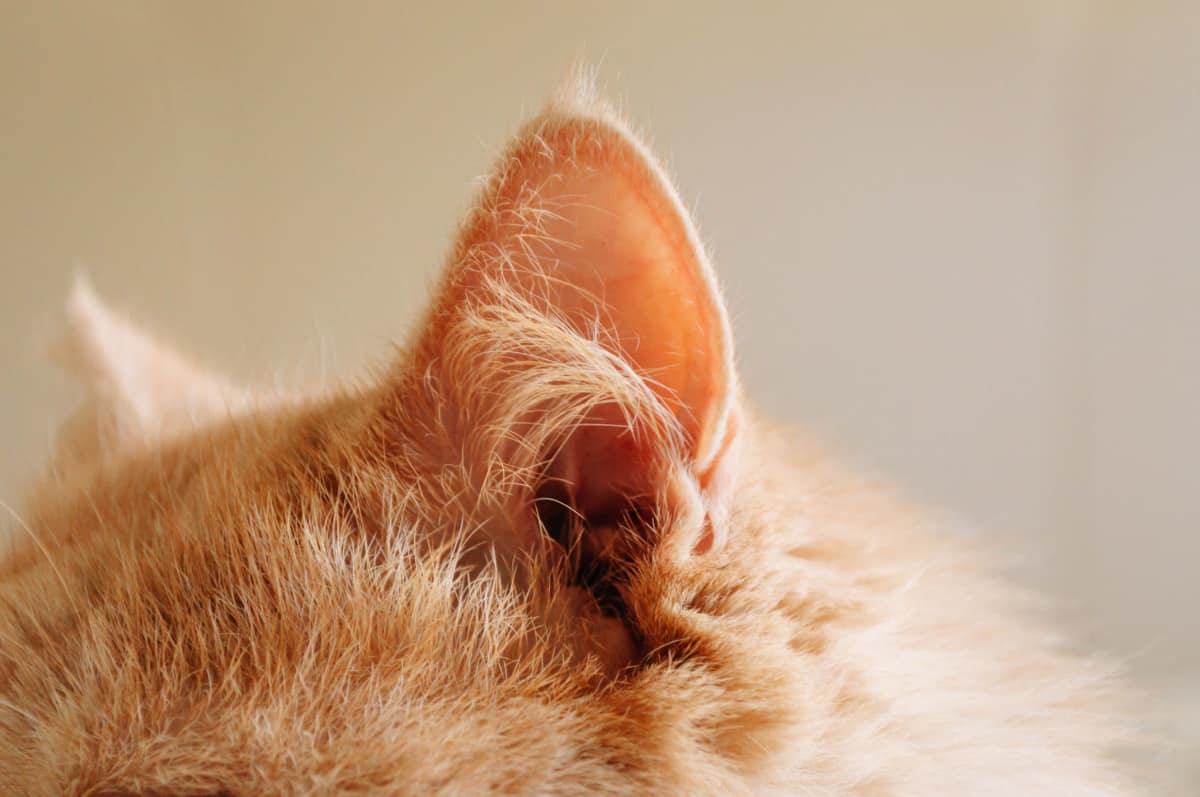
Much like a sophisticated satellite dish, a cat's external ear, or pinna, can rotate up to 180 degrees.
This allows them to locate and identify even the faintest of noises, many of which are beyond human perception.
Observing the Cat's Sound Localization
Try clicking your fingernails behind a cat's head. You'll notice the ears first move and adjust to locate the sound, and then reposition to identify it.
Following this, the cat will turn its entire head around to visually identify your hands behind her.
It's truly fascinating to watch a cat as it goes about its business, then suddenly stops, swivels its ears around, and pounces upon some unsuspecting prey rustling nearby.
Cats vs. Dogs: A Comparison of Hearing Abilities
Most of us are aware that dogs can detect those special high-pitched whistles designed to produce a frequency of sound far too advanced for humans to hear.

However, cats are capable of hearing much higher frequencies than dogs. They are only slightly inferior at the lower end of the frequency scale.
The Precision of Feline Hearing
Cats are able to detect even the smallest differences in the sounds they hear. They can distinguish differences of as little as one-tenth of a tone.
This precision helps them identify the type and size of whatever is emitting the noise. This is just another testament to the remarkable capabilities of our feline friends.
Why Can Cats Hear So Well?
Cats are known for their agility and sharp senses, but their hearing is particularly exceptional.
Let's explore the reasons behind their extraordinary auditory capabilities and how it benefits them.
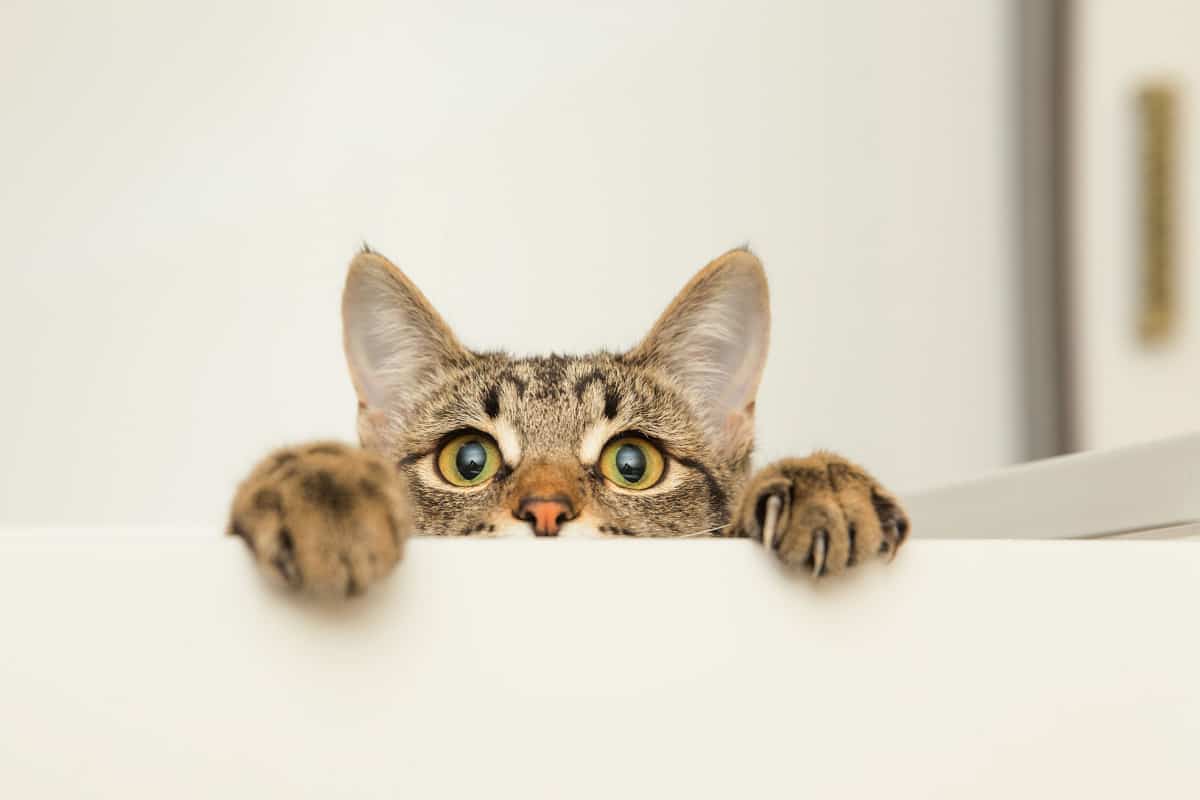
The Hunting Advantage: Assessing Prey with Precision
Wildcats rely heavily on their hearing for survival. Their acute sense of hearing provides them with critical information about the size, type, and location of their prey.
This information is vital in deciding whether to pursue the prey or let it go.
Additionally, both wild and domestic feline mothers can hear faint distress calls from their cubs or kittens if they wander too far, ensuring their safety.
Pinpoint Accuracy: Locating Sounds with Speed and Precision
Cats have an incredible ability to pinpoint the origin of a sound with remarkable accuracy.
A cat positioned as far as 3 feet away from a sound can determine its location within a few inches in just six one-hundredths of a second.
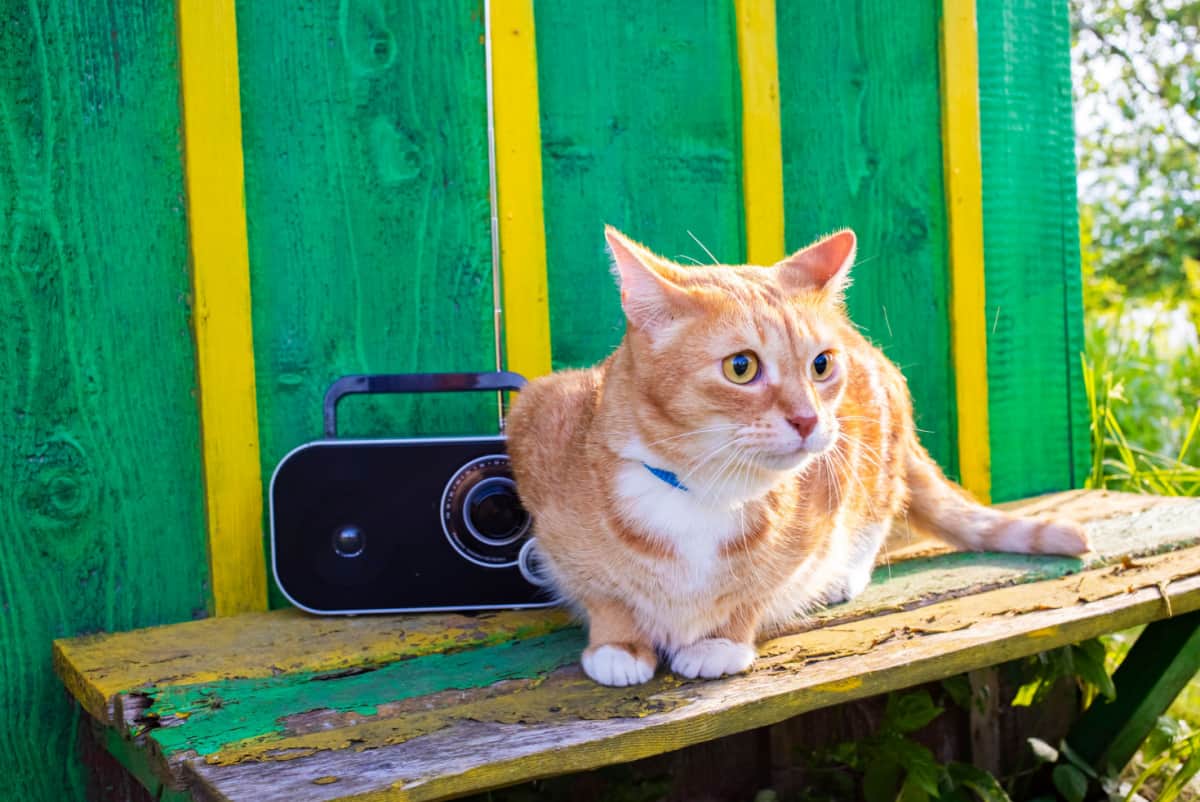
Moreover, cats can hear sounds from distances four or five times farther than humans can. This ability is not only essential for hunting but also for being aware of their surroundings.
SIGN UP FOR THECATSITE'S EMAIL UPDATES >
The Secret to Perfect Balance: The Vestibular Apparatus
Beyond hearing, a cat’s ears play a crucial role in maintaining its renowned sense of balance.
Deep within the inner ear lies the vestibular apparatus, which is integral to a cat's agility and poise.
This complex system consists of tiny chambers and canals lined with millions of sensitive hairs and contains fluid and microscopic floating crystals.
As a cat moves, the sensitive hairs detect even the slightest movement in the fluid and crystals. These hairs then rapidly relay this information to the brain.
The brain, in turn, receives accurate data on the body's position and sends signals to the necessary muscles to adjust and maintain balance.
This intricate system is what gives cats their “cat-like” grace and equilibrium.
The Cat's Inner Ear and Sense of Balance
The cat's inner ear functions much like an airplane's "artificial horizon" or "altitude indicator."
This instrument interprets the position of the plane's wings in relation to the horizon.
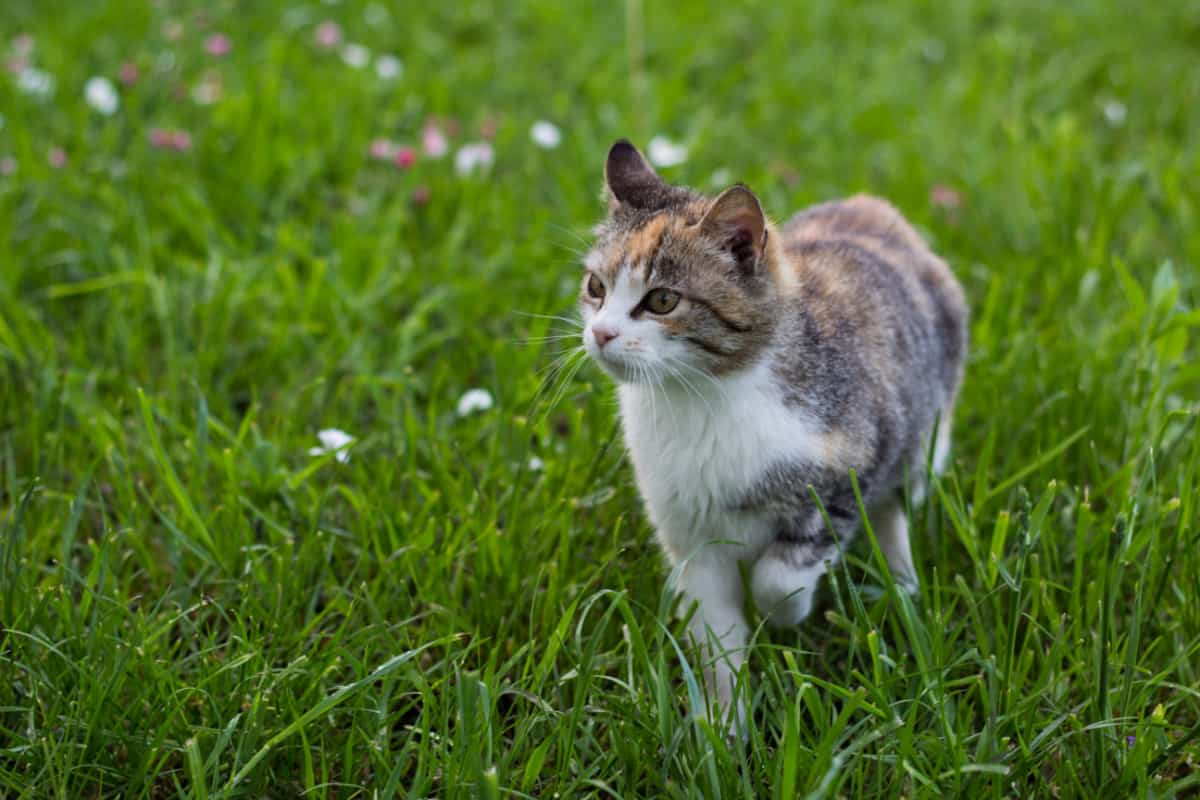
Similarly, when a cat loses its balance, its vestibular apparatus activates. This helps the cat determine which direction is up and triggers the "righting" reflex.
This reflex is essential for cats to adjust their body orientation in mid-air, ensuring they land on all four feet.
Debunking a Myth: Cats Don't Always Land on Their Feet
Contrary to popular belief, cats don’t always land on their feet.
Recent studies have shown that falls from shorter distances can be more dangerous for cats in terms of injuries compared to falls from greater heights.
Precision in Motion: The Role of the Tail
The vestibular apparatus, coupled with the tail acting as a counterbalance, allows cats to jump with incredible precision.
Whether it’s reaching for a tree limb, catching flying prey, or transitioning from a stable to an unstable surface, cats are masters of balance.
Interestingly, the Manx, a tailless breed, is believed to have an extra sensitive vestibular apparatus to make up for the absence of a tail.
Cats and Hearing Loss
Like humans, cats can suffer from hearing loss due to various factors such as disease, infection, trauma, or old age.
A cat's ability to detect high frequencies declines as the eardrum thickens with age.
This affects not only their hunting skills but also their ability to recognize sounds that signal danger. In domestic cats, deafness is often hereditary.
The White Cat Phenomenon: Genetics and Deafness
Inherited deafness in cats is not linked to specific breeds. However, the gene responsible for white fur is sometimes associated with inner-ear abnormalities leading to deafness.

This is particularly common in white cats with blue eyes. Interestingly, white cats with heterochromatic eyes (two different colors) are often deaf only in the ear on the side with the blue eye.
Super Hearing: A Cat's Auditory Prowess
Imagine hearing electrical currents or sounds quadruple the intensity of what humans can perceive. Cats experience this level of auditory sensitivity.
With 20 muscles in each ear, they can detect extremely high frequencies beyond even what dogs can hear.
This heightened sense of hearing allows them to hear the electrical current in appliances before they are turned on.
This sensory overload might be one of the reasons why cats sleep so much – to escape our noisy world!
What About a Cat's Other Senses?
Cats can hear sounds that we can't hear, see things that we can't see, and smell and feel the world around us in ways that we can never grasp.
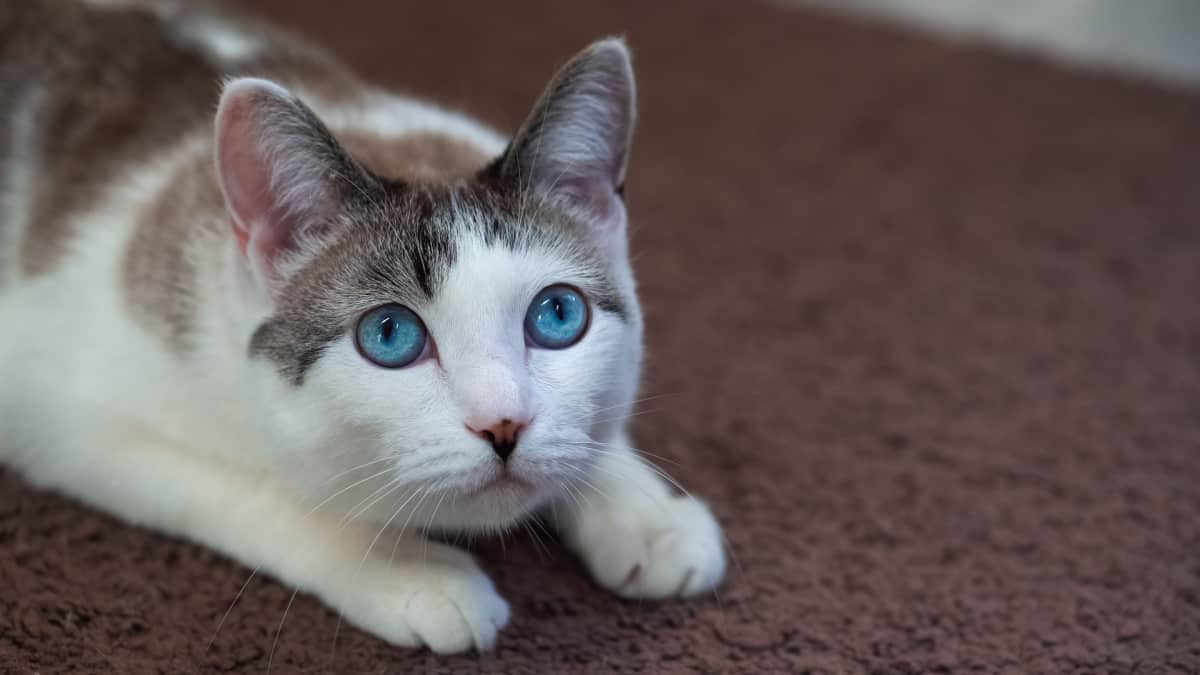
These amazing abilities actually landed cats in trouble during the middle ages, when they were attributed to black magic. Today cats are no longer suspected of supernatural powers.
We now know that their remarkable abilities are part of the evolutionary adaptation to the role of a solitary nocturnal hunter.
What we consider hidden away in the dark can be very visible to the feline eye.
What seems to us to be slightly scented litter may be too overwhelming for the sensitive feline nose and cause litter box problems.
Learning about cats' senses can help us see the world the way they do and understand their behavior better.
Feline Vision: Seeing in the Dark
Cats possess superior night vision, allowing them to navigate dimly lit environments, though they can't see in total darkness.

However, their daytime vision is relatively poor, and they rely more on their senses of smell and sound.
Cats can detect some colors and are adept at spotting quick movements, but they struggle to focus on slow-moving objects.
The Power of a Cat's Nose
Cats heavily rely on their sense of smell for communication and food inspection.
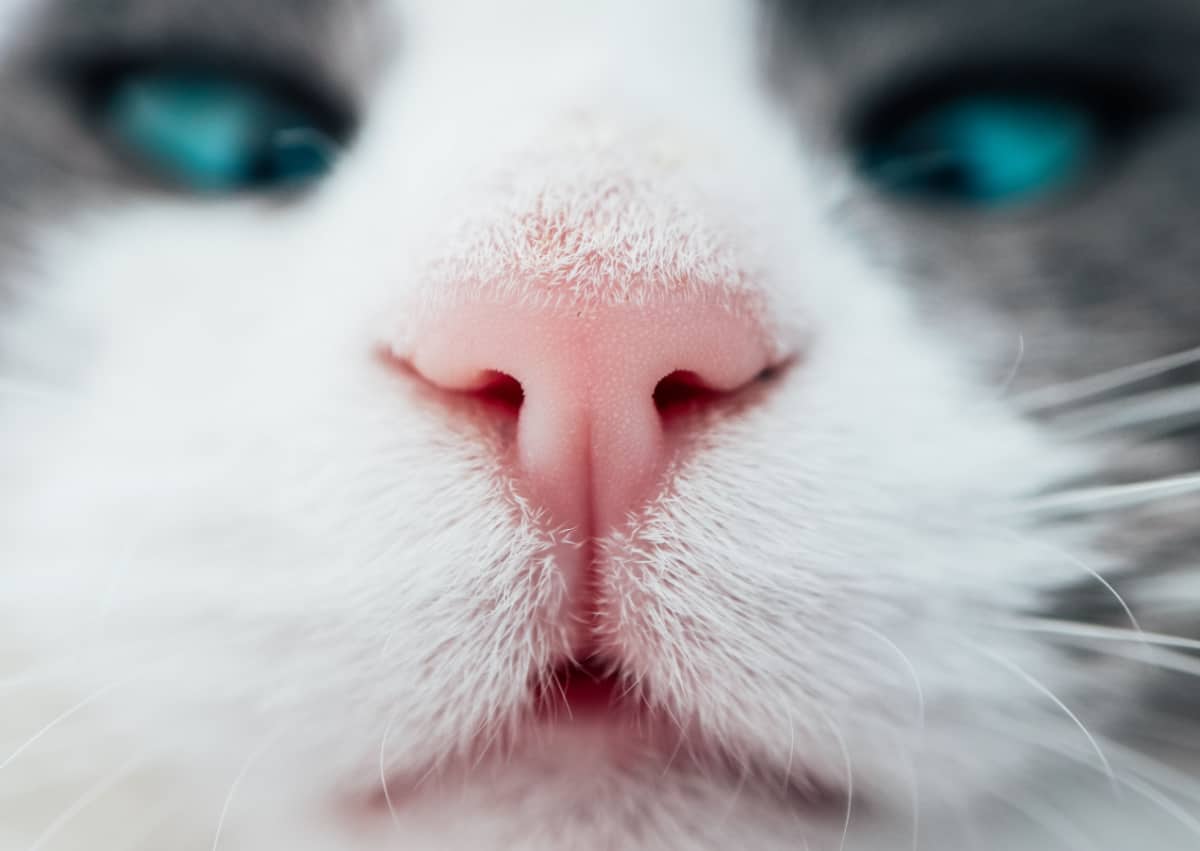
They possess a unique mechanism, Jacobson's organs, which allows them to analyze air molecules inhaled through the mouth.
This leads to the 'flehmen reaction,' where a cat curls back its lips and opens its mouth, seemingly grimacing or smiling, to thoroughly examine specific scents.
Taste Preferences of Cats
Cats use taste to identify beneficial foods, with a preference for protein and fat.

They show little interest in sweet flavors and are not very sensitive to salt, likely because their meat-based diet provides sufficient salt.
The Feline Touch: Sensitivity Beyond Compare
Cats have touch receptors all over their bodies, with the most concentrated areas being the face and front paws, which are crucial for hunting.
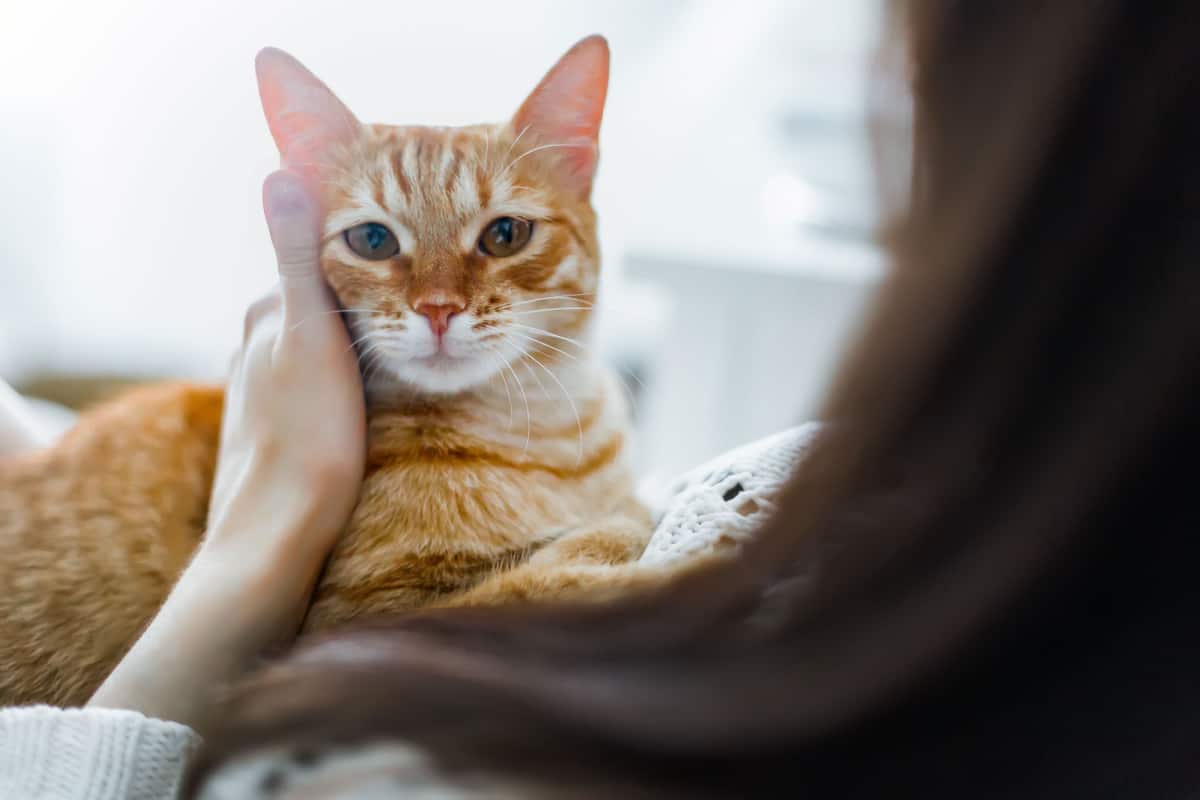
Their whiskers, or vibrissae, are the most sensitive, detecting the slightest air movements, a valuable tool for a nocturnal predator.
Cat Senses Unveiled!
Cats are sensory superheroes, with their ears acting like advanced satellite dishes, picking up faint sounds with astounding precision.
Their sensory world also includes superior night vision, keen smell, discerning taste, and touch.
Understanding these capabilities helps us appreciate these captivating creatures and meet their needs.
Remember, our feline friends are more than charming companions - they're remarkable products of evolutionary adaptation.
SIGN UP FOR THECATSITE'S EMAIL UPDATES >
Comments? Leave them using the form below. Questions? Please use the cat forums for those!
For more articles to read, check out here.
Your Cat’s Eyes and Vision: The Complete Guide
What To Expect As Your Cat Ages
Note: We may get commissions for purchases made through links on this page.


